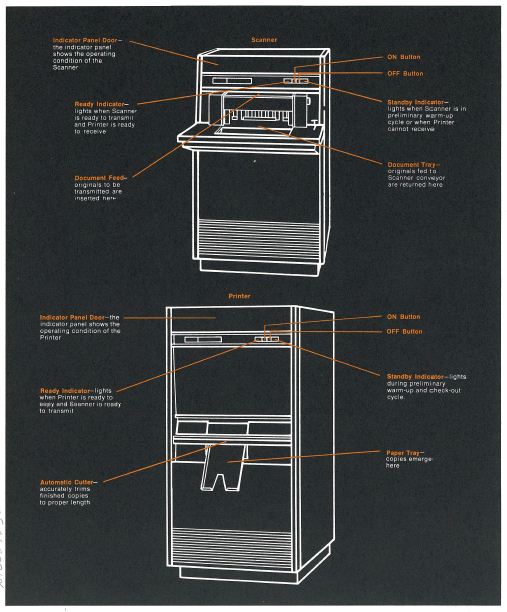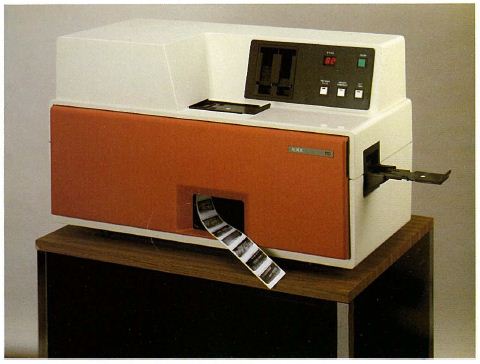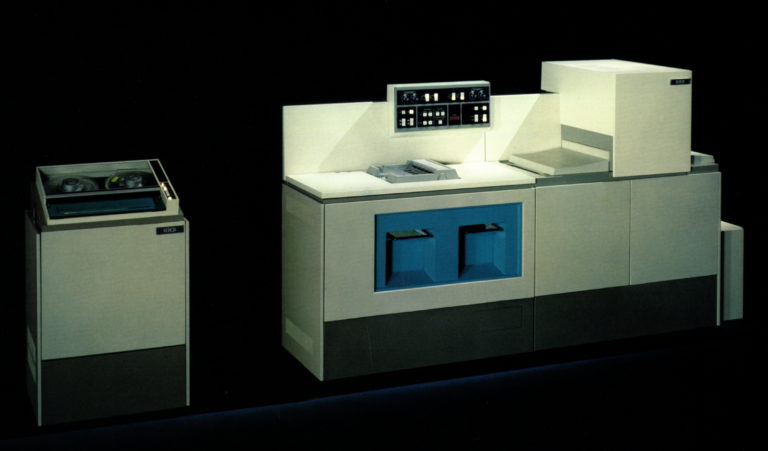Written by Christina Vullo
Social Media Marketing Analyst
Xerox Corporation
This post marks the first in our Flashback Friday series. Over the next few months, I’ll be taking you back in time to look at Xerox technology throughout the years. Today, we’ll be traveling back to 1964 for the launch of the Xerox Long Distance Xerography (LDX) System.
The LDX System, developed at Xerox in Webster, NY, was announced on May 5, 1964 as the first practical means of transmitting copies between two points using a microwave channel, coaxial cable, or special telephone lines.
The System consisted of two separate devices, a Scanner and a Printer. The scanner converted images of documents into video transmission signals while the printer restored the images after transmission and duplicated the original image with a black and white copy.
The LDX System could transmit up to 8 pages (8½ x 11 in.) per minute.
A one-year rental agreement was offered for $550 a month for the Scanner, $650 a month for the Printer, or a bundled rental of $800 for both.
Below is a diagram of the scanner and printer components of the LDX System.
The LDX System was the beginning of commercial fax as we know it. While new technologies are constantly being developed, fax is still being used today, nearly 50 years later. Do you remember sending your first fax?




In 1972, as a technician at the NSA (yes, that one) I attended the Xerox LDX maintenance training class at the Xerox Mid-Atlantic Training Center in Crystal City, VA (part of Alexandria, I think.)
The NSA had LDX scanners and printers, as did the White House and maybe the Pentagon. Who was President? Nixon. Where was other LDX equipment? How about Nixon’s vacation retreats in San C;emente and Key Biscayne. Yup! They were secured with NSA crypto equipment and connected by leased lines so Nixon could have classified information transferred to him, as needed.
It’s been forty years and Hillary Clinton had no security on her communication equipment. A-mazing!!
[…] En 1942, l’Allemagne l’utilisait pour transmettre des télégrammes et finalement, en 1964, Xerox annonce le premier télécopieur de table. Pour plus d’information, consultez le site de […]